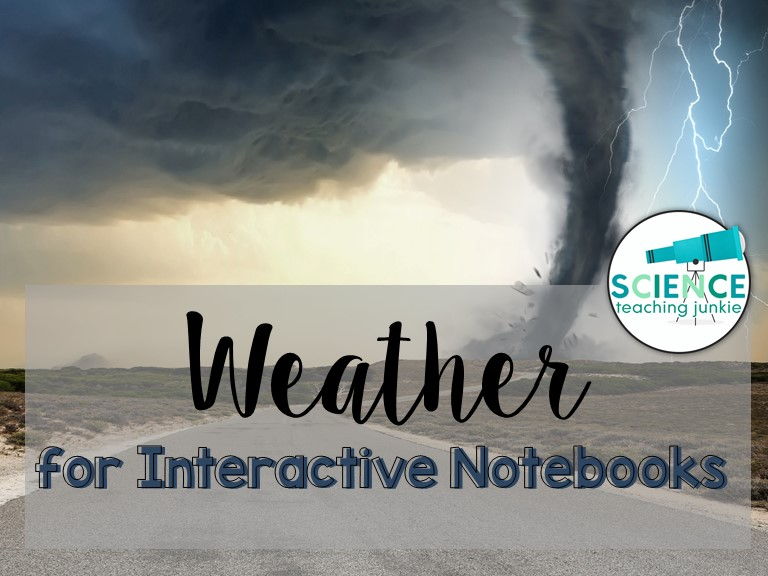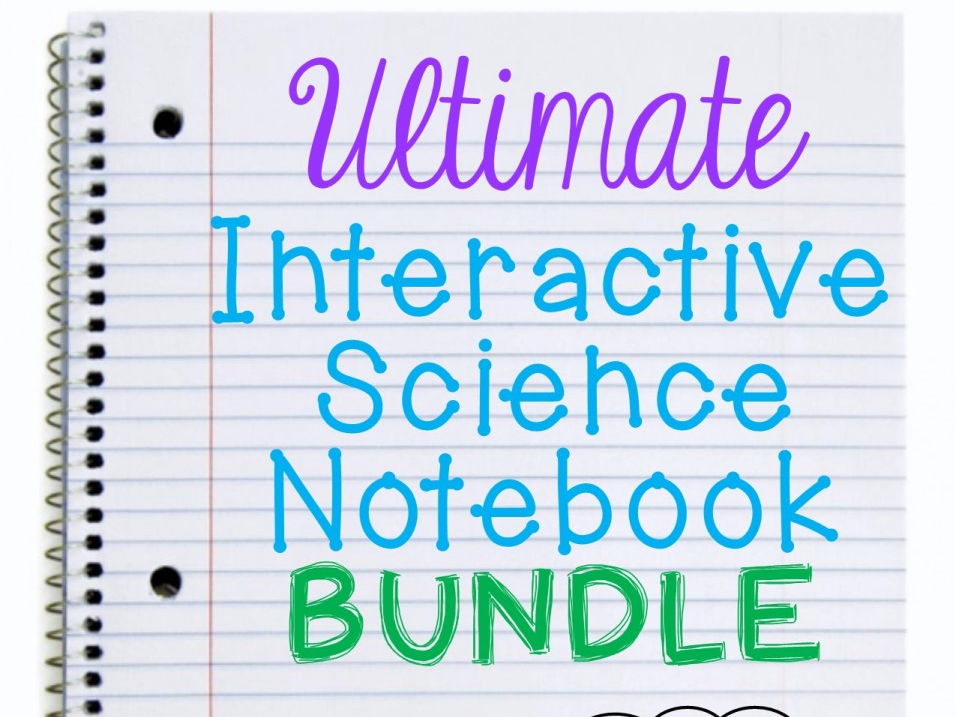
52Uploads
36k+Views
974Downloads
Understanding the world

Daily Science Starters for Middle School - Earth and Space
GREAT FOR WARM-UPS, EXIT TICKETS, OR QUICK FORMATIVE ASSESSMENTS!
This product includes 55 different quick Science Starters to be used at the beginning or end of each class period.
Each Science Starter student printable comes four to a page, saving you paper and ink. Each Starter also includes a teacher version that can be used to project the questions and/or answers for all students to see.
The last page of both the student printable and the teacher version includes an extra page for you to add your own Science Starter (editable PDF form). To edit the text you type into a box, select the text, then press Ctrl +e. You should see a pop-up box appear that will allow you to change the font, font size, alignment, etc...
Daily Science Starter TEKS Included:
6.10 Earth and space. The student understands the structure of Earth, the rock cycle, and plate tectonics. The student is expected to:
(A) build a model to illustrate the structural layers of Earth, including the inner core, outer core, mantle, crust, asthenosphere, and lithosphere;
(B) classify rocks as metamorphic, igneous, or sedimentary by the processes of their formation;
(C) identify the major tectonic plates, including Eurasian, African, Indo-Australian, Pacific, North American, and South American; and
(D) describe how plate tectonics causes major geological events such as ocean basins, earthquakes, volcanic eruptions, and mountain building.
6.11 Earth and space. The student understands the organization of our solar system and the relationships among the various bodies that comprise it. The student is expected to:
(A) describe the physical properties, locations, and movements of the Sun, planets, Galilean moons, meteors, asteroids, and comets;
(B) understand that gravity is the force that governs the motion of our solar system; and
(C) describe the history and future of space exploration, including the types of equipment and transportation needed for space travel.
7.8 Earth and space. The student knows that natural events and human activity can impact Earth systems. The student is expected to:
(A) predict and describe how different types of catastrophic events impact ecosystems such as floods, hurricanes, or tornadoes;
(B) analyze the effects of weathering, erosion, and deposition on the environment in ecoregions of Texas; and
(C) model the effects of human activity on groundwater and surface water in a watershed.
7.9 Earth and space. The student knows components of our solar system. The student is expected to:
(A) analyze the characteristics of objects in our solar system that allow life to exist such as the proximity of the Sun, presence of

Space Science for Interactive Notebooks
This PDF includes 48 full pages of various flippables, graphic organizers and activities for an Interactive Science Notebook to be used during a unit on Space Science. Many of the pages include teacher answer keys, teaching tips, and common misconceptions to be looking for.
Most foldables and flippables are left blank on the inside. This will allow you to fully customize each one for whatever curriculum or grade you teach with the information you want your students to know. Some ideas would be to use definitions, pictures, and examples. These also make a great tool to use for science differentiation as well!
Pages include information on:
•Reason for Night and Day & the Seasons
•Motions of the Earth (and other basic facts)
•Rotation vs. Revolution (Venn diagram)
•Seasons Foldable with included inserts and links to great animations
•What if? (...the Earth weren't tilted on its axis? ...the Earth stood still?)
•Moon phases (multiple options and activities)
•Tides
•Eclipses
•History of Astronomy ("The Who's Who of Astronomy")
•Stars
•Galaxies
•Asteroids, Comets, and Meteors
•Electromagnetic Spectrum
•Nebulas
•Constellations
•Absolute vs. Apparent Magnitude
•H-R Diagram
•Life Cycle of Stars (Average and Massive)
•a generic admit and exit tickets are included
WANT TO GET ALL 6 OF MY INTERACTIVE SCIENCE NOTEBOOK PRODUCTS IN A BUNDLE AND SAVE 10%?

Ecosystems and Interdependence for Interactive Notebooks
This PDF includes 36 full pages of various flippables, graphic organizers and activities designed for an Interactive Science Notebook to be used during a unit on Ecosystems and Interdependence. (7 pages are teacher answer keys).
Most foldables and flippables are left blank on the inside. This will allow you to fully customize each one for whatever curriculum or grade you teach with the information you want your students to know. Some ideas would be to use definitions, pictures, and examples. These also make a great tool to use for science differentiation as well!
Pages include information on:
•Interdependence in Ecosystems Vocabulary flippable
•Organization levels
•Factors that Affect Populations (food, water, light, living space)
•Animals with the same habitat, but different niches
•Relationships between populations (competition, predation, symbiosis)
•Consumers graphic organizer (herbivores, carnivores, omnivores, decomposers)
•Sample from my Easy as Pie Series - Producers & Consumers Pie
•Biotic vs. Abiotic Factors card sort
•Venn Diagrams (population/community/ecosystem, herbivore/omnivore/carnivore, food chain/food web, heterotroph/autotroph)
•Simple food chain
•Tracing the flow of energy and matter (trace your breakfast back to the Sun)
•Energy pyramid
•Food Web Story- Little Red Riding Hood
•Desert Food Web Scenario
•Earth's terrestrial biomes
•Earth's aquatic biomes
•Coastal sand dunes ecological succession (w/ lichens question)
•a generic admit and exit tickets are included
WANT TO GET ALL 6 OF MY INTERACTIVE SCIENCE NOTEBOOK PRODUCTS IN A BUNDLE AND SAVE 10%?
©2016 Science Teaching Junkie, Inc. Terms of Use - this resource is for use by one teacher only. Additional teachers must purchase their own license. If you are interested in purchasing several licenses, please contact me for a district-wide or campus-wide quote. This product should NOT be posted on any website. Please email me with questions at ScienceTeachingJunkie@yahoo.com.

Weather for Interactive Notebooks
This PDF includes 33 full pages of various flippables, graphic organizers and activities for an Interactive Science Notebook to be used during a unit on Weather (12 pages are teacher answer keys).
Most foldables and flippables are left blank on the inside. This will allow you to fully customize each one for whatever curriculum or grade you teach with the information you want your students to know. Some ideas would be to use definitions, pictures, and examples. These also make a great tool to use for science differentiation as well!
Pages include information on:
•Differences in Temperature (in the oceans, on the Earth, in air masses)
•Jet Stream
•Weather vs. Climate
•Meteorologist for a Day (Forecasting the weather using a weather map)
•Pressure Systems and Fronts
•El Nino & La Nina (and normal conditions)
•Land and Sea Breezes
•Air Masses (3)
•Global Winds (2)
•Gyres
•Fronts (warm, cold, stationary, occluded)
•Air Pressure (Barometric Pressure)
•Weather instruments
•Reading Weather Maps
•Ocean Currents
•generic admit and exit tickets are included
WANT TO GET ALL 6 OF MY INTERACTIVE SCIENCE NOTEBOOK PRODUCTS IN A BUNDLE AND SAVE 10%?
©2016 Science Teaching Junkie, Inc. Terms of Use - this resource is for use by one teacher only. Additional teachers must purchase their own license. If you are interested in purchasing several licenses, please contact me for a district-wide or campus-wide quote. This product should NOT be posted on any website. Please email me with questions at ScienceTeachingJunkie@yahoo.com.

Daily Science Starters for Middle School - Organisms and Environments
GREAT FOR WARM-UPS, EXIT TICKETS, OR QUICK FORMATIVE ASSESSMENTS!
This product includes 37 different quick Science Starters to be used at the beginning or end of each class period.
Each Science Starter student printable comes four to a page, saving you paper and ink. Each Starter also includes a teacher version that can be used to project the questions and/or answers for all students to see.
The last page of both the student printable and the teacher version includes an extra page for you to add your own Science Starter (editable PDF form). To edit the text you type into a box, select the text, then press Ctrl +e. You should see a pop-up box appear that will allow you to change the font, font size, alignment, etc...
Daily Science Starter TEKS Included:
6.12 Organisms and environments. The student knows all organisms are classified into Domains and Kingdoms. Organisms within these taxonomic groups share similar characteristics which allow them to interact with the living and nonliving parts of their ecosystem. The student is expected to:
(A) understand that all organisms are composed of one or more cells;
(B) recognize that the presence of a nucleus determines whether a cell is prokaryotic or eukaryotic;
(C) recognize that the broadest taxonomic classification of living organisms is divided into currently recognized Domains;
(D) identify the basic characteristics of organisms, including prokaryotic or eukaryotic, unicellular or multicellular, autotrophic or heterotrophic, and mode of reproduction, that further classify them in the currently recognized Kingdoms;
(E) describe biotic and abiotic parts of an ecosystem in which organisms interact; and
(F) diagram the levels of organization within an ecosystem, including organism, population, community, and ecosystem.
7.10 Organisms and environments. The student knows that there is a relationship between organisms and the environment. The student is expected to:
(A) observe and describe how different environments, including microhabitats in schoolyards and biomes, support different varieties of organisms;
(B) describe how biodiversity contributes to the sustainability of an ecosystem; and
(C) observe, record, and describe the role of ecological succession such as in a microhabitat of a garden with weeds.
7.11 Organisms and environments. The student knows that populations and species demonstrate variation and inherit many of their unique traits through gradual processes over many generations. The student is expected to:
(A) examine organisms or their structures such as insects or leaves and use dichotomous keys for identification;
(B) explain variation within a population or species by comparing external features, behaviors, or physiology of organisms that enhance their survival such as migration, hibernation, or storage of food in a bulb; and
etc.......
Bundle

Daily Science Starters for Middle School - The WHOLE Bundle!
This product includes all 4 of my Daily Science Starters bundled together to save you money! By purchasing all 4 as a bundle you save almost 15%!!
They are aligned with the middle school TEKS, so students are sure to be exposed to all content required in the middle grades and you can rest assured that they will be prepared for the state standardized assessment.
Each Science Starter student printable comes four to a page, saving you paper and ink. Each Starter also includes a teacher version that can be used to project the questions and/or answers for all students to see.
© Science Teaching Junkie. Terms of Use - this resource is for use by one teacher only. Additional teachers must purchase their own license. If you are interested in purchasing several licenses, please contact me for a district-wide or campus-wide quote. ScienceTeachingJunkie@yahoo.com

Daily Science Starters for Middle School - FREEBIE
This FREEBIE pack gives you a taste of what you can expect from my Daily Science Starters Products. I chose 3 Science Starters from each of the 4 products and bundled them into this freebie for you!
They are aligned with the middle school TEKS, so students are sure to be exposed to all content required in the middle grades and you can rest assured that they will be prepared for the state standardized assessment.
Each Science Starter student printable comes four to a page, saving you paper and ink. Each Starter also includes a teacher version that can be used to project the questions and/or answers for all students to see.
WANT TO GET ALL 4 OF MY DAILY SCIENCE STARTER PRODUCTS IN A BUNDLE AND SAVE 20%?
© Science Teaching Junkie. Terms of Use - this resource is for use by one teacher only. Additional teachers must purchase their own license. If you are interested in purchasing several licenses, please contact me for a district-wide or campus-wide quote. ScienceTeachingJunkie@yahoo.com








